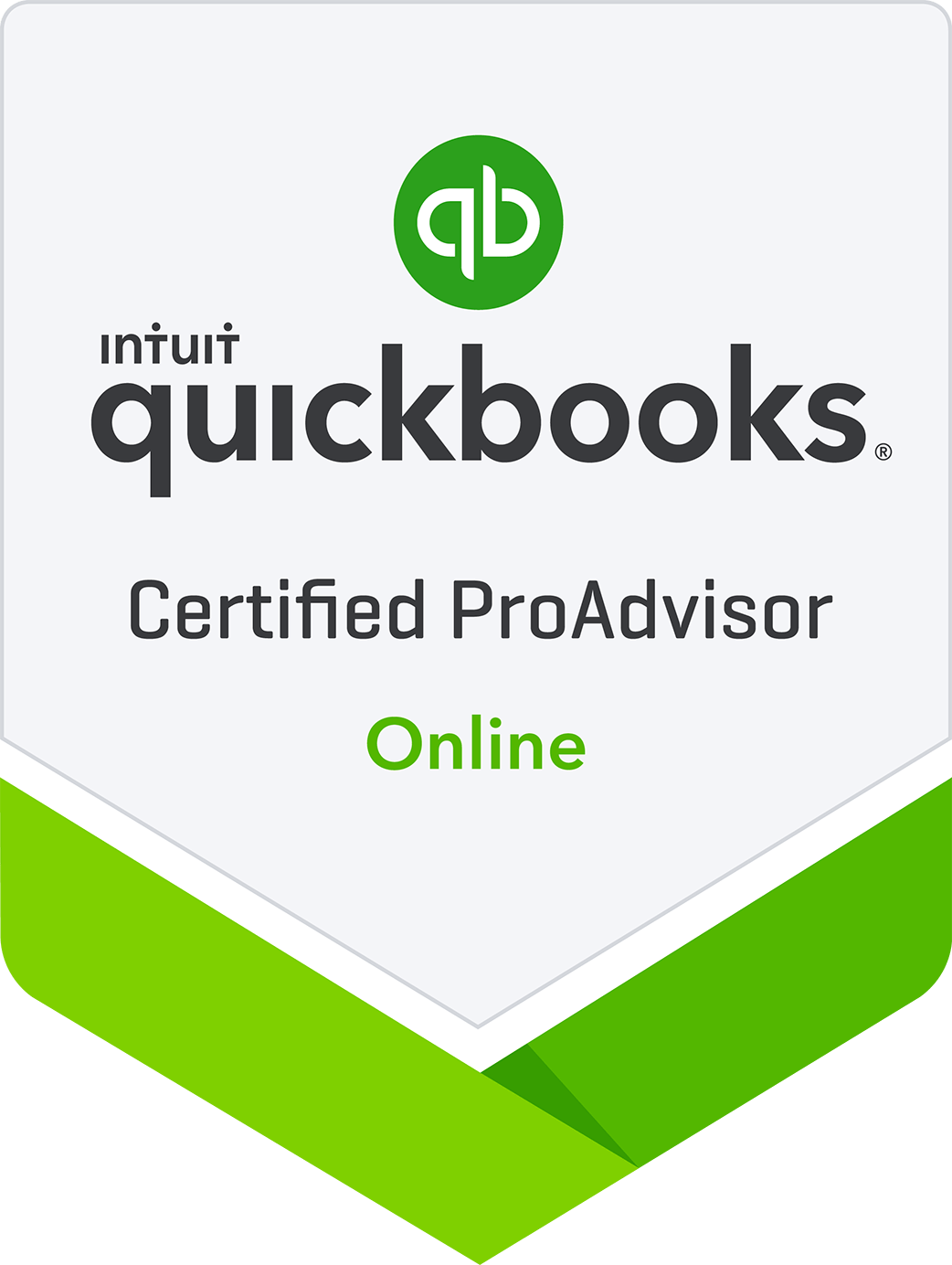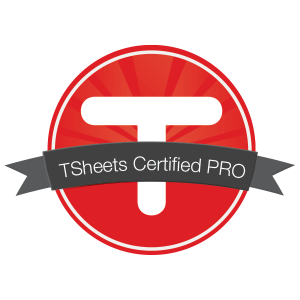One of the most important parts of managing a business is making sure there is enough cash to keep the business going. As a business owner, you probably have a very good idea how much cash you have in the bank at any time. The smaller your business is, the more likely you are to keep a close eye on cash.
Checking your cash balance is a daily function you should be on top of. Yet there is another often-overlooked responsibility that many business owners don’t spend enough time on, and that is managing your future cash, especially in light of unplanned situations. Looking ahead helps reduce your business risk and allows you more time to correct any upcoming dip in your cash balance.
Having enough cash is akin to having a safety net for your business. It can sometimes even mean the difference between staying in business and going out of business. To plan how much you might need for your safety net, you can use a few different methodologies.
One way to plan your safety net is to prepare for the worst-case scenario. How long would your cash hold out if no revenue were to come in but all expenses kept going out? Some questions you might ask:
- At what point will your cash run out? How many weeks or months of cash do you have?
- Do you have a line of credit you can tap at a bank?
- Do you have other loans or sources of cash that you can tap quickly in case of emergency?
- What expenses could you shut down without hurting your business if you had to?
Another way to plan your safety net is to do what the average business does: acquire the amount of cash you need for two to three months’ worth of operations and keep it on hand. Alternately, you can make a plan to liquidate that much cash on a very fast basis and only put your plan in place if it’s needed.
An easy way to get these numbers is to look at your bank statements in conjunction with your average accounts receivable and accounts payable balances. If that’s all Greek to you, no worries. Feel free to contact us and we can help you figure out a safety net number that you’ll feel comfortable with and that will keep your business risk low.
Once you have a safety net in place, you’ll gain peace of mind for your business. It’s one step in an overall disaster preparedness plan that you can make for your business.



 Want a free consultation with us? Give us a call or send us an email to claim your complimentary consulting session.
Want a free consultation with us? Give us a call or send us an email to claim your complimentary consulting session.




